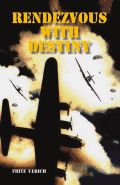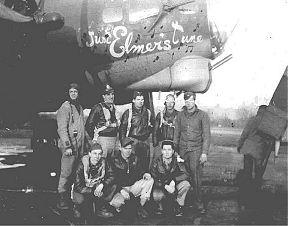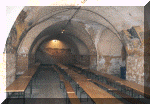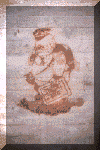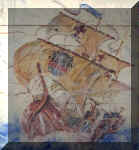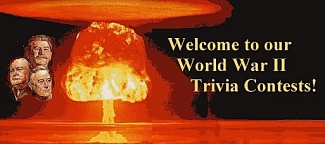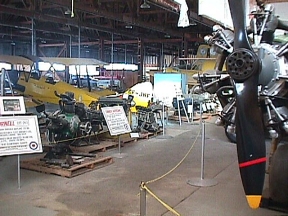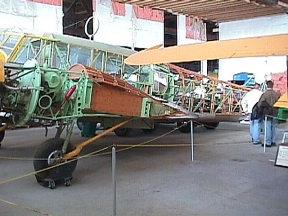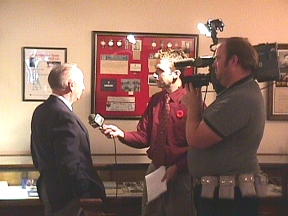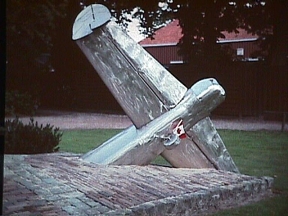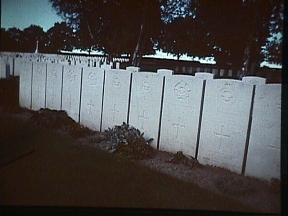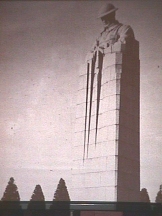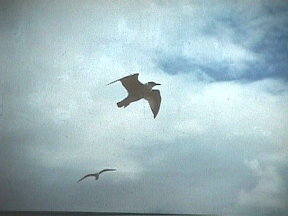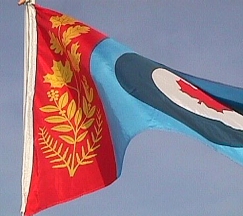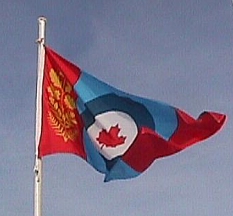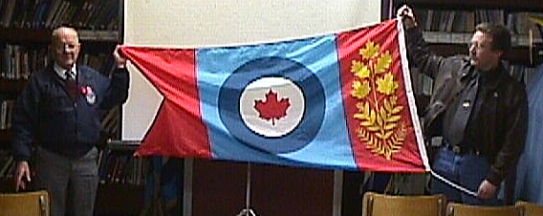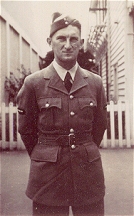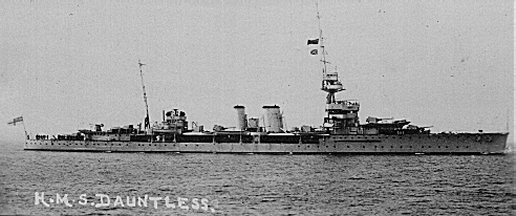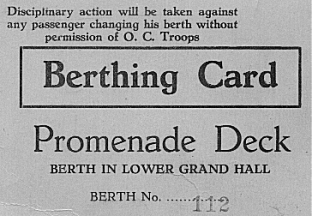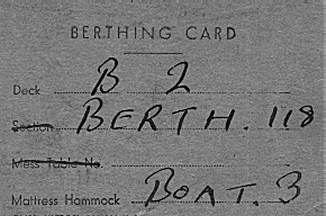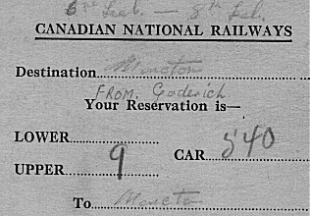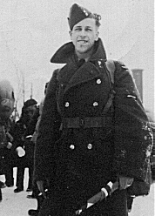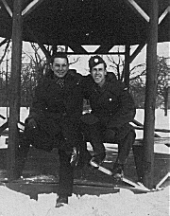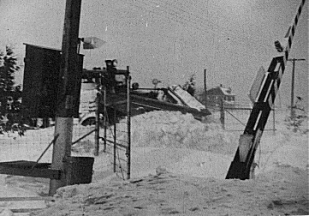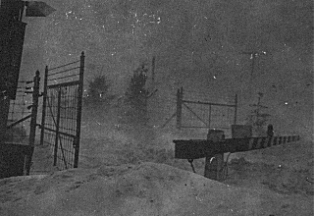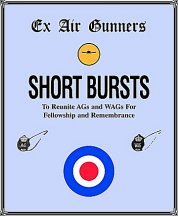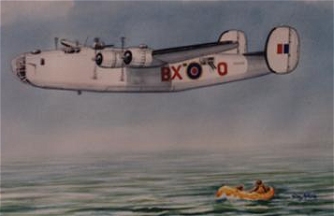In its original form the agreement provided
for 3 initial training schools (ITS), 13 elementary flying training schools
(EFTS), 16 service flying training schools (SFTS), 10 air observer schools
(AOS), 10 bombing and gunnery schools (BGS), two navigation schools and
four wireless or radio schools. Supporting units included flying instructor
schools, technical training schools, repair depots, manning depots and
recruiting units making a total of 74 schools and depots. The first schools
were to be opened in April 1940 and when the scheme was fully developed,
it was to be capable of turning out 1,460 aircrew every month. The RCAF
which before the war was hard pressed to train 125 pilots a year including
75 for itself and 50 for the RAF was virtually astounded at the size of
the proposal.
Although the British were in some doubt as to the ability
of the Canadians to carry the scheme through it was agreed that it would
be administered by the RCAF for MacKenzie King would have it no other way.
However, all four partners were to be represented on an advisory board
chaired by Air Minister C.G. Power and each had a voice in its direction.
It was also realized from the start that a great deal of assistance would
be required from outside the RCAF. The United Kingdom sent additional instructors,
technical staff and administrative officers who played an important part
in getting the plan under way. The Canadian Flying Clubs, who were already
doing some elementary training for the RCAF before the outbreak of war,
took over the entire program of elementary flying training and various
air line companies accepted the responsibility of organizing and staffing
the air observer schools though the RCAF provided the instructors and carried
out the training. The Department of Transport assisted in selecting the
sites, which had to be approved by the air force, and also supervised the
construction of airfields arid runways while the Department of Munitions
and Supply had the task of providing the aircraft which came from factories
in Canada, Great Britain and the United States. In short, the BCATP took
shape as a great national enterprise. The main burden of responsibility
fell on the RCAF. To enable it to meet its heavy training commitment the
force was greatly expanded and a new Ministry, the Department of National
Defence for Air was created under C.G. Power. To direct the plan Air Commodore
R. Leckie a Canadian serving with the RAF, was brought back to Canada.
In the First World War Leckie was the most outstanding flying boat pilot
in the Royal Naval Air Service. From 1935 to 1938 he was Director of Air
Training in the RAF and at the time of his appointment to the BCATP was
stationed in Malta as Commander of the RAF in the Mediterranean Theatre.
He was perhaps the one man who could command the respect of the RAF and
the RCAF and was thus a key figure in the success of the plan.
THE RAF SCHOOLS
In 1940 the RAF was supporting a training organization
in the United Kingdom that was approximately equal in size to the BCATP.
However, after the fall of France arrangements were made to transfer most
of the RAF schools to Canada where they would not be exposed to interference
from enemy fighters and bombers. Five schools were transferred before the
end of 1940, twelve more in 1941 and one in 1942 making a total of 26.
These schools were moved en bloc complete with staff and sometimes with
aircraft and other equipment. The 26 units included six elementary flying
training schools, ten service flying training schools, four operational
training units, three air navigation schools, one general reconnaissance
school, one bombing and gunner school and one naval air gunners' school.
At the request of the RAF the six elementary schools were operated by Canadian
flying clubs - an arrangement which released the RAF staff for duty elsewhere.
In addition to the flying training units the RAF operated No.31 Radio Direction
Finding (Radar) School at Clinton and No.31 Personnel Reception Depot at
Moncton.
EXPANSION
In June 1942 the BCATP Agreement was renewed providing
for a greatly expanded program Many of the schools were enlarged, some
being doubled in size, and all the RAF schools, at first administered separately,
officially became part of the BCATP. As a result the output of aircrew
rose rapidly reaching its peak in October 1943 when 5157 received their
wings. This number included pilots, navigators, * air bombers, wireless
operator-air gunners, air gunners (ironically called "straight" air gunners
to differentiate these from wireless operator-air gunners), naval air gunners
and flight engineers.
Well before this, of course, graduates of the BCATP
were to be found on every battle front - in the United Kingdom, over Western
Europe, in the Middle East, North Africa and Asia. They flew with Guy Gibson
on the famous dam busting raid and with Johnny Fauquier "King of the Pathfinders"
in the Pathfinder Group. Those who stood at the top of their class were
sometimes assigned to fly bombers to the United Kingdom. Older air line
pilots regularly employed on ferrying duties, having thousands of hours
in their log book, and inclined to feel that ferrying aircraft across the
ocean was a man's job, looked with disbelief at these "damn kids" flying
the Atlantic.
As the war went on training methods improved, courses
were lengthened and the instruction was raised to a highly professional
level. The accident rate which at one time caused great concern, was reduced
from 1.563 per 1000 hours declined over the same period from .089 per 1000
hours to .034. Most of the accidents occurred at the SFTS level and very
often resulted from unauthorized escapades such as low flying.
TRAINING STRUCTURE
The training schools of the BCATP were organized into
four training commands, No.1, headquarters at Toronto, No. 2, Winnipeg,
No.3 Montreal and No.4 with headquarters first at Regina and after October
1941 at Calgary. In theory each command was supposed to be self-sufficient
with its own recruiting centres, schools and repair depots but in practice
recruits often began their training in one command and finished it in another.
The training structure was never the same for any length of time. In order
to keep in step with operational requirements new schools were constantly
being added, and some existing ones disbanded, relocated, enlarged or renumbered.
No.1 EFTS at Malton, for example, was disbanded in July 1942 to make room
for the expansion of No.1 AOS also at Malton. The staff of No.1 EFTS was
moved right across the country to take over the operation of No.31 EFTS
at De Winton Alta. Below, the training structure is shown as of 31 December
1943 when the plan was at its peak. Not included are the operational training
units and a few other schools located in the coastal areas. As of this
date, 31 December 1943, the BCATP had on hand 10,906 aircraft.
OPERATIONAL TRAINING UNITS OF
THE BCATP
There were seven OTU's in the BCATP. They were located
in the Western Air Command, headquarters at Vancouver, and Eastern Air
Command, headquarters at Halifax, and were ad ministered jointly by these
formations and the Director of Operational Training at AFHQ. In July 1942
No. 12 Operational Training Group was formed to administer the four OTU's,
plus two general reconnaissance schools and No.3 Air Gunners' School, in
Eastern Air Command but no corresponding group was formed in Western Air
Command. From time to time the OTU's were required to fly operational patrols.
These were generally uneventful but in July 1943 a crew from No.31 OTU,
flying a Hudson, attacked a U-boat and were credited with having damaged
it. On the whole, however, the OTU's in Canada were second in importance
to those in the United Kingdom where the vast majority of BCATP graduates
received their operational training.
